Electrotherapy
Electrotherapy stands as a versatile and evolving field within the realm of physical therapy, employing electrical currents to address a range of musculoskeletal issues and promote therapeutic benefits. Among the various electrotherapy modalities, Transcutaneous Electrical Nerve Stimulation (TENS) has garnered widespread use for its efficacy in managing pain. TENS devices deliver low-voltage electrical currents through electrodes placed on the skin, with the aim of disrupting pain signals and providing relief for conditions such as neuropathy, arthritis, and post-surgical discomfort. Electrical Muscle Stimulation (EMS) represents another facet of electrotherapy, specifically targeting muscle tissue. By delivering controlled electrical impulses, EMS induces muscle contractions, making it a valuable tool for preventing muscle atrophy during periods of immobilization or recovery. Rehabilitation programs often incorporate EMS to enhance muscle strength, improve circulation, and facilitate the overall recovery process Interferential Current (IFC) is a more advanced form of electrotherapy that utilizes the interference of two medium-frequency electrical currents to penetrate deeper into tissues. IFC is commonly employed for pain management in conditions involving soft tissue injuries, promoting blood flow and accelerating the healing process. The application of electrotherapy requires a thorough understanding of the individual's health status, and it should be administered by qualified healthcare professionals. While generally safe, precautions must be taken, such as avoiding the use of electrotherapy on individuals with electronic implants like pacemakers

Stephen S Tower
University of Alaska Anchorage, United States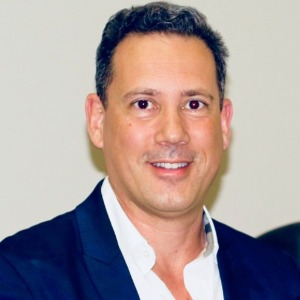
Marcos Brioschi
American Academy of Thermology, United States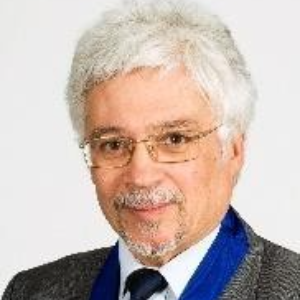
Wagih El Masri
Keele University, United Kingdom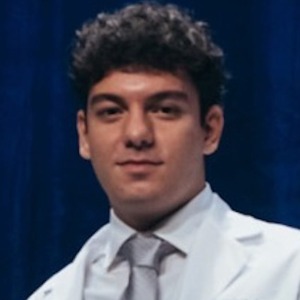
Arif Akkok
Lake Erie College of Osteopathic Medicine, United States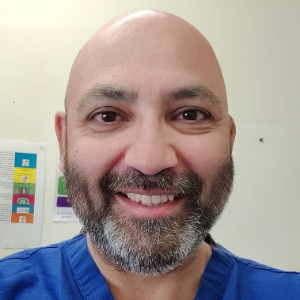
Akash Ganguly
Warrington and Halton Hospitals NHS FT, United Kingdom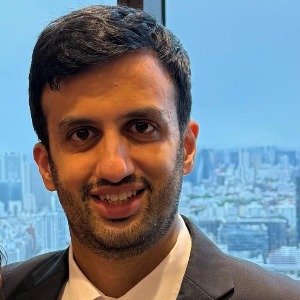
Sajid Ali
The Dudley Group NHS Foundation Trust, United Kingdom




Title : The UK profemur recall and implant cobaltism
Stephen S Tower, University of Alaska Anchorage, United States
Title : The tomographic phenotype and the genotype of wormain bones
Ali Al Kaissi, National Ilizarov Medical Research Center for Traumatology and Orthopaedics, Russian Federation
Title : New treatment of muscle contracture and joint contracture through muscle regeneration with mitochondrial dynamics
Ki Ji Lee, Busan Medical University, Korea, Republic of
Title : New treatment of sarcopenia through muscle regeneration with mitochondrial dynamics
Ki Ji Lee, Busan Medical University, Korea, Republic of
Title : The prevalence and association of self-reported depression symptoms with musculoskeletal pain and quality of life among pregnant women
Youssef Masharawi, Tel Aviv University, Israel
Title : Bipolar hemiarthroplasty under local anesthesia (2%)
Ketan Karabhai Parmar, Aayush Multispecialty Hospital, India